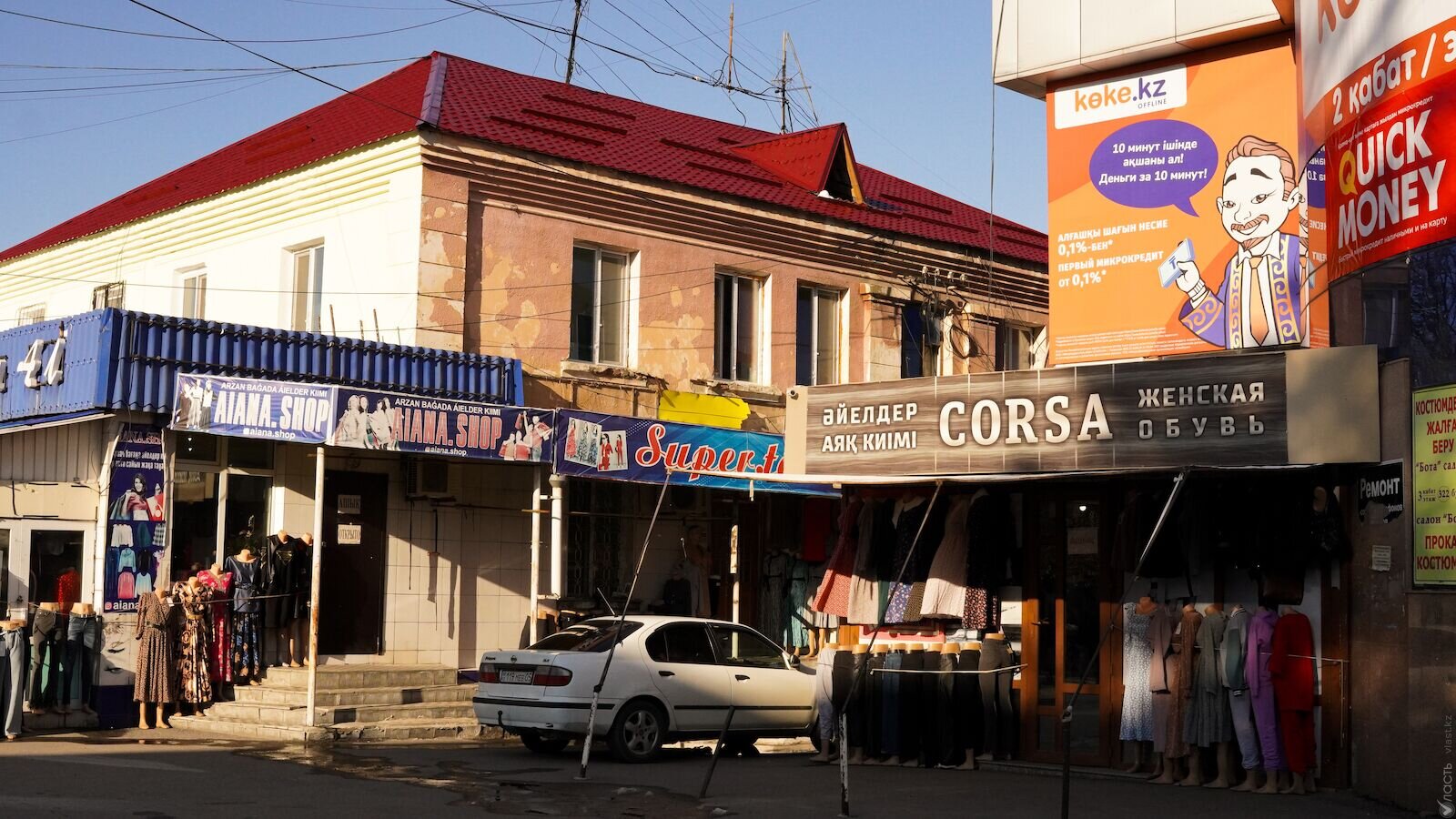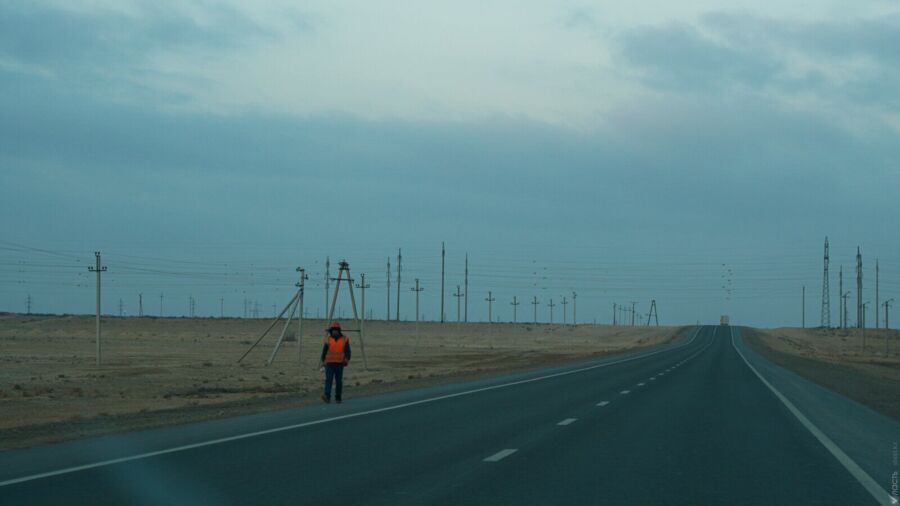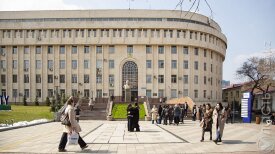When the national wealth is unevenly distributed, we talk about regional inequality, regardless of where this wealth was originally created. Wealth is accumulated at “growth nodes”, which are the cities with more than one million residents or our regional capitals. In order to keep this system alive, there needs to be a minimum level of maintenance of the industrial towns where the wealth is extracted. And to legitimize this dynamic, Kazakhstan has adopted principles of mainstream economics.
On 1 January 2023, the government adopted a law on the establishment and development of urban agglomerations, which had been in the works since the mid-2010s. According to the law’s principles, these agglomerations should become “growth nodes”. This follows the principles of the “economism” ideology, not to be confused with “the economy”.
“The economy” can be defined as the set of conditions for the progressive development and growth, in terms of well-being, of a society. “Economism” is instead a principle that borrows from the industrial developments of the 19th century and abandons the models of neoclassical economics. It focuses on an absolute and acritical interpretation of mainstream economics principles focusing on aggregate, rather than collective goals.
Economism includes principles of comparative advantage, also in terms of foreign direct investment (FDI), focusing in particular on gross domestic product (GDP, or gross regional product, GRP, when considering a country’s regions) as the principal measure of economic success.
The law only focuses on the developments of the agglomerations, not on overall growth or the lives of people residing outside these agglomerations. This only concerns about 40 of the largest cities in Kazakhstan. Agglomerations should develop according to principles of “feasibility”, according to the law, through “state policies that provide favorable conditions” to domestic growth and FDI.
For the past three decades, attracting FDI has become a goal in itself in Kazakhstan. Yet, this has become a factor of uneven income and wealth distribution among the regions. The economism principle that the economy cannot grow without investment guides this process, which would inevitably and by default provide the regions with all the necessary infrastructure, such as heating and highways.
Outside of economism models, political economy is instead based on the real experience of existing societies. This school of thought has demonstrated that FDI is actually behind recessions. In this scenario, Kazakhstan lies in the same category as several countries of the “Global South”. Instead of wealth, FDI tends to distribute regional inequality. But how?
First, FDI makes it possible to gain control of a region’s economic processes, turning it into a colony of the foreign capital. Investors control the lion’s share of the extractive industries in the Aktobe, Atyrau, West Kazakhstan, Karagandy, Kyzylorda and Mangistau regions. These regions are also among the most disadvantaged around the country in terms of people’s welfare and purchasing power. Yet, their GRP per capita is one of the highest. In 2010, Atyrau’s GRP per capita reached Kuwait-like levels of $36,000 per year. When averaged arithmetically, regional wealth masks massive levels of inequality. A dissatisfaction about growing inequality was at the core of popular protests in Mangistau’s oil town of Zhanaozen in 2011 and in January 2022.
Second, foreign investors receive tax breaks from the government and enjoy lower costs in terms of wages and safety standards. A foreign investor’s goal is not to increase the salaries of local workers and thus improve their living standards. The industrial profits are instead taken out of the regions and transferred to regional centers, or further to Almaty and Astana, or even further into offshore accounts.
Third, the alleged technological advance in industrial production that FDI should bring simply does not occur. The investor tries to cut costs and avoids investing in more expensive technology, when it can turn a profit. This, in turn, affects the consequences that industrial production has on the environment. In the absence of a national strategic industrial policy, the country’s dependence on natural resources exports continues to increase, while the spillover effect from the extractive industries remains minimal.
The final equation says that the more oil and minerals are extracted from the ground, the more the country’s GDP and regional GDR grow, the faster inequality and social tensions increase. The working conditions in the mining sites remain dangerous, as demonstrated by recurring injuries and deaths. Education has become increasingly exclusionary: the World Bank said in a report that six out of 10 schoolchildren in Kazakhstan are functionally illiterate. The fact that most if not all of these schoolchildren lagging in education are more likely to live outside regional centers is not difficult to infer. Plus, the ecological situation is worsening year by year, as highlighted by the mass death of Caspian seals in recent months.
Attracting FDI became a state policy under former President Nursultan Nazarbayev in 1997, when he unveiled “Kazakhstan-2030”. This strategic document explicitly said that “a healthy economic growth” is based “on the attraction of foreign investment”. This was the translation of one of the main tenets of mainstream economics into Kazakhstan’s politics. In the past 30 years, Kazakhstan has attracted around $330 billion in foreign investment, by far the most among all Central Asian countries. Yet this money kept regional development behind.
Going back to the law on agglomerations, the economism principle of the efficiency of “investment attractiveness” is detrimental for certain areas. When this logic is followed consistently, for example, the state would invest zero in Temirtau and everything in Khromtau if the latter proves to be more efficient in attracting foreign investment. This would, in turn, create a migration of residents from Temirtau into Khromtau.
Yet, reality is more complicated than a zero-sum game. People living in the periphery have massively migrated into urban agglomerations. In 2017-2021, Almaty witnessed a net inflow of around 170,000 new residents. For Astana, the number amounts to 150,000. This led the two largest cities in Kazakhstan to grow further beyond their previous limits.
A fair regional policy should be aimed at creating mechanisms and institutions to increase the attractiveness of life in all of the “other” 89 cities, the 76 medium and small towns, and the almost 7,000 villages scattered across Kazakhstan. The larger cities, which are already the “drivers of economic growth” will be able to provide for themselves without additional input.
The plan for the development of urban agglomerations also refers to the principle of “justice”, interpreted as “observing the interests of the administrative units included in the agglomeration”. This is yet another declarative policy in the name of the new “fair Kazakhstan” ideology. Earlier laws gave the state an excuse to avoid investing in the country’s peripheries, while the extractive companies’ owners climbed up the Forbes list of the country’s richest. But if the principles of “investment attractiveness” are embedded in this new ideology, justice for all cannot exist.
This article was originally published in Russian and translated into Kazakh. This is an edited version. This one is part of several stories published by Vlast as part of “Regions of Kazakhstan”, a project that explores the various manifestations of inequality between the regions and large cities of Kazakhstan.
Поддержите журналистику, которой доверяют.









